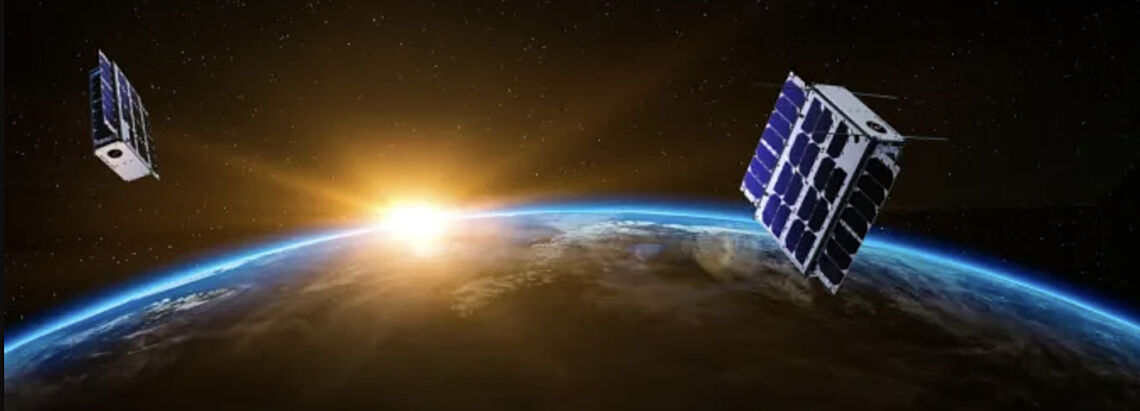Pod and Sateliot enable global IoT coverage
- June 28, 2023
- Steve Rogerson

Giesecke+Devrient (G+D) will offer users of its IoT services true global coverage following a deal between its subsidiary Pod Group and Spanish 5G satellite operator Sateliot.
With this, whenever a terrestrial cellular connection is unavailable, roaming to a satellite network is automatic.
As a provider of cellular IoT connectivity, Pod Group already connects numerous devices across the planet. However, there are areas where there is no or only limited coverage with mobile networks, for example at sea or in remote or rural areas. G+D is now closing this coverage gap by cooperating with service provider Sateliot, which provides 5G satellite connectivity for IoT.
Sateliot operates a low earth orbit (LEO) network that uses identical technologies for satellite and cellular connectivity. Unlike other approaches, this makes satellite connectivity available at a low cost by extending the coverage foot print of MNOs and MVNOs through standard roaming integration.
The LEO network will consist of a number of nanosatellites with 5G coverage for NB-IoT in NTN (non-terrestrial network). The first of five nanosatellites this year was sent into space on a SpaceX Falcon 9 rocket in April. Sateliot plans an expansion to 64 nanosatellites in 2024 and 250 in 2025.
Global coverage in G+D’s IoT service offering will be ensured in the future by Sateliot’s satellite-based IoT connectivity and Pod’s cellular mobile network for IoT devices. The IoT devices automatically switch from cellular to satellite communication when needed, without the user noticing. The devices are equipped with G+D’s SIM-technology. In principle, classic pluggable SIM cards, eSIMs or iSIMs can be used.
The iSIMs offer users more benefits. They are characterised by low space requirements, optimised energy consumption and low costs. In addition, iSIMs score highly in terms of sustainability, which is ensured by the absence of any requirement for SIM slots, additional housings or use of plastic. ISIMs are therefore increasingly the first choice for secure IoT connectivity in NB-IoT applications.
Users can manage the SIMs and control all IoT activities via the Pod IoT suite. They can use it, for example, to analyse data, identify efficiency potential or read off costs.
The potential range of applications for the service offering, which will be commercially available from the beginning of 2024, is far-reaching; applications include asset tracking, metering smart farming and massive IoT.
“The IoT market is growing dynamically and, with our leading IoT, we already provide global connectivity and efficient lifecycle management for IoT applications,” said Philipp Schulte, head of connectivity and IoT at G+D. “The issue of connectivity always remains a challenge. Thanks to our cooperation with Sateliot, we are now opening a new chapter here. Problems with poor network coverage and dead spots will be a thing of the past, thanks to the parallel use of satellite communication. That’s why we also see great market potential for the world’s first iSIM that uses both mobile networks and LEO-based satellite networks.”
Gianluca Redolfi, CCO of Sateliot, added: “Currently, non-terrestrial networks with proprietary technology offered by satellite operators can only connect to equipment from the same company. This exclusivity increases costs and limits access. Sateliot’s new technology allows all users to seamlessly and cost-effectively connect to the satellite network whenever they need coverage. This means that any NB-IoT device supporting NTN can effortlessly connect to satellite or cellular networks. We expect this to massively drive the adoption of IoT even in the most remote areas.”
G+D is a security technology group headquartered in Munich, Germany. It was founded in 1852. In 2022, the company had more than 12,600 employees and a turnover of €2.53bn. G+D is represented by 103 subsidiaries and joint ventures in 33 countries.




